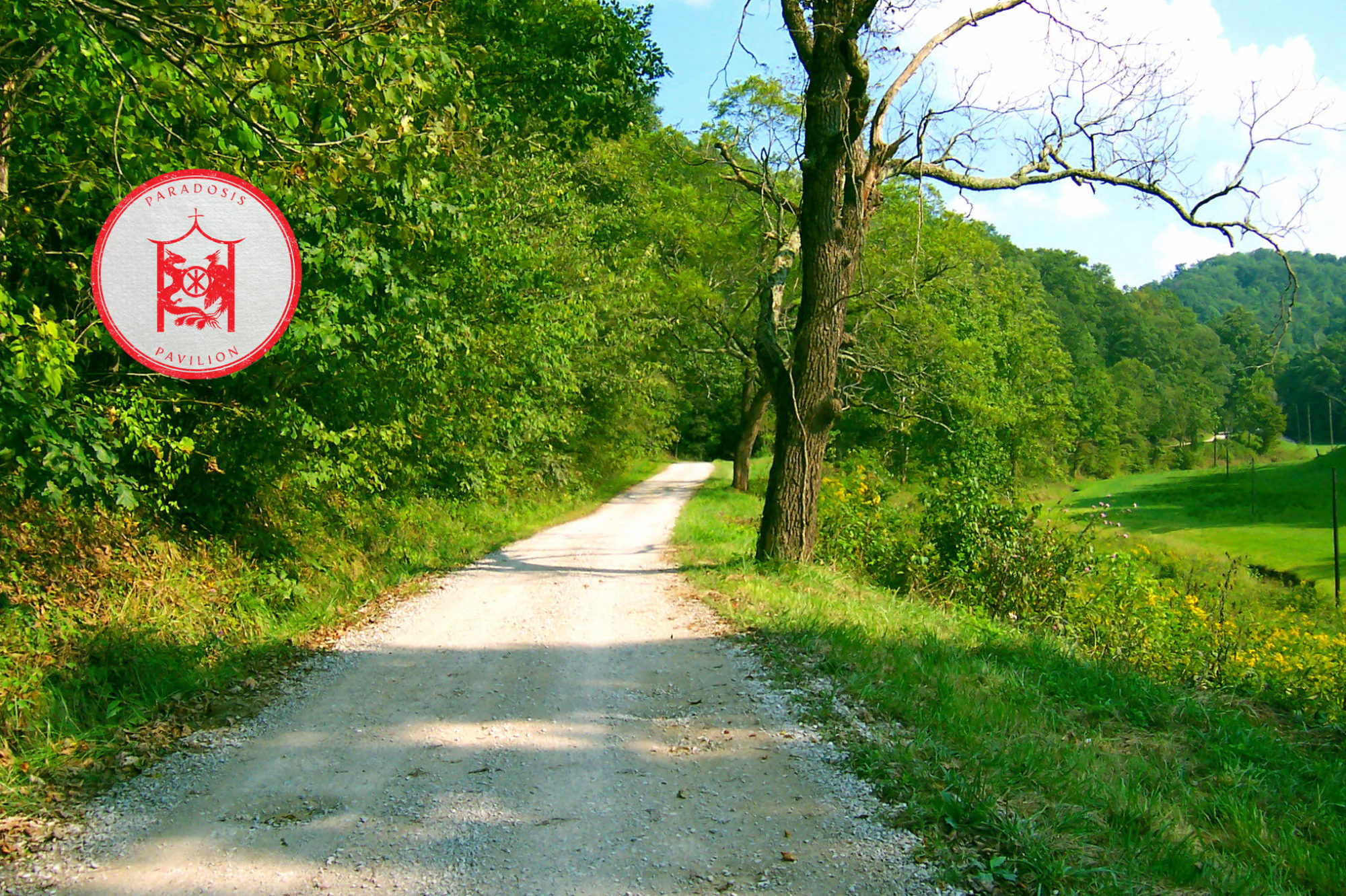
A crawling caterpillar emerges from its cocoon as a colorful fluttering butterfly. The butterfly reminds us of our ultimate change from mortality to immortality through resurrection from the grave by the Power of God. Also, be reminded by the butterfly that the Orthodox Path is the Way of change. The Way leads to metamorphosis of the soul and body.
The Apostolic Tradition, that is, the life of the Orthodox Church, indwelled and guided by the Holy Spirit, does not change. We hold to the teachings of the Apostles and remain in harmony with the mind (phronema) of the Church. This unchanging Holy Tradition, kept whole and undefiled, has produced many varied changing expressions throughout history. Consider how the music of the Church has varied with Plainsong and the development of Gregorian Chant in the Orthodox West and Byzantine chant in the Orthodox East, each expression faithful to the Tradition. Compare Byzantine Chant to the different styles of Orthodox Church music in Russia from simple Znamenny Chant to complex Western-influenced choral music. Iconographers working faithfully within the stream of the Tradition used their creative skill in their own places and times to produce many different styles of Orthodox icons (Cretan, Macedonian, Novgorod, and others), all in harmony with the Tradition. In the early Church, a diversity of liturgical rites emerged throughout the East and West within the one single Tradition. Encompassed by Holy Tradition, a multiplicity of cultural traditions have developed. These cultural traditions reflect the particular societies and cultures where Holy Orthodoxy has taken root. The particular cultural traditions vary, but they are all within the stream of the ancient Tradition all Orthodox Christians hold in common. The same Holy Spirit which keeps the Apostolic Way unaltered in every generation is the same One Who guides the Church’s creative expressions of the Tradition. The most significant change caused by this unchanging Tradition is the change that will occur within your soul when you internalize the Tradition entirely and live it with your whole being.
Let the butterfly remind you that the Orthodox life is the unchanging Way of change. We are constantly being changed through repentance and the work of Grace in our lives. Embrace the Way entirely and fully, without change or alteration, so that you may continually experience healing and renewal in this life, and, after your participation in this life is finished, be physically resurrected to eternal life in the Kingdom which never ends.
Read: 2 Corinthians 3.18; Ephesians 4.17-24
Text copyright © 2018 by Fr. Symeon D. S. Kees

